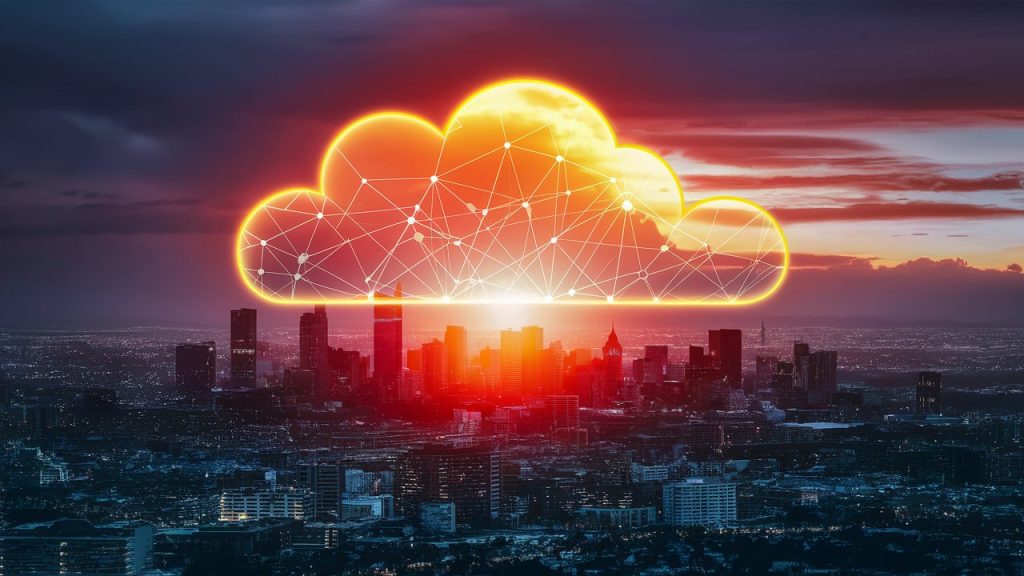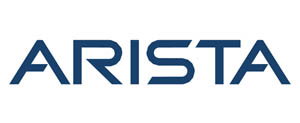Enterprise Backbone
Build Resilient, Efficient, Hybrid-Ready Data Centers
Deploy sustainable, high-performance infrastructure that powers applications, data, and innovation — from core to edge, private to cloud.
Infrastructure Struggles
Why Legacy Data Centers Can’t Keep Up
With escalating demands on throughput, uptime, and sustainability, traditional data centers are faltering. Organizations face:
Aging hardware and capacity bottlenecks
Rising energy costs and inefficient cooling
Silos between on-prem and cloud leading to latency and complexity
Increasing risk from single points of failure
iValue’s Edge
Strategic Data Center Transformation, Delivered
Unified hybrid architecture bridging on-prem, cloud, and edge
Partnerships with industry leaders like Arista, Supermicro, and Keysight
Expertise in designing high-availability and energy-efficient data centers
Flexible deployment models: turnkey builds, colocation migration, DC-to-cloud orchestration

Modernizing Compute, Storage, and Network
Deploy scalable servers, storage, and virtualization optimized for performance, cost, and future needs.
Intelligent Networking for Scale
Implement software-defined networking and high-speed routing to reduce latency, improve flexibility, and simplify management.
Fortified and Always-On Infrastructure
Integrate physical security, redundancy, and disaster recovery to ensure continuous operations and robust protection.
Seamless On-Prem to Cloud Transition
Orchestrate hybrid workloads with minimal disruption — from edge to cloud to core — with consistent policies and unified monitoring.
Green, Efficient, and Future-Ready Facilities
Adopt energy-efficient cooling, renewable energy, and carbon-footprint monitoring to meet today’s sustainability goals without sacrificing performance.
Powered by Leaders
Our Trusted Infrastructure Partners
We collaborate with global OEMs to deliver best-in-class architecture solutions
FAQs
What defines a modern or sustainable data center?
A modern data center is designed for agility, scalability, and efficiency. It integrates virtualization, hybrid-cloud orchestration, and software-defined networking to support dynamic workloads. A sustainable data center goes a step further — focusing on energy efficiency, renewable energy adoption, advanced cooling, and carbon footprint monitoring to reduce environmental impact without compromising performance.
How long does a typical DC modernization project take?
The timeline depends on the scope of modernization — whether it’s a targeted upgrade (like moving to high-density servers) or a full transformation covering compute, storage, network, and hybrid integration. In most cases, enterprises see measurable improvements within 3–6 months for phased projects, while larger end-to-end modernizations may extend to 12–18 months with minimal disruption to ongoing operations.
Can you integrate legacy infrastructure with cloud services?
Yes. Many enterprises continue to rely on legacy applications and hardware while adopting cloud. iValue’s hybrid integration approach ensures legacy systems can coexist with private, public, or multi-cloud environments. Through virtualization, secure workload migration, and unified monitoring, businesses achieve cloud agility without abandoning mission-critical legacy infrastructure.
What ROI can we expect from energy-efficient upgrades?
Energy-efficient data centers deliver returns in multiple ways. By adopting high-efficiency servers, optimized cooling systems, and power management solutions, organizations typically reduce operational costs significantly over time. Beyond cost savings, enterprises also benefit from compliance with sustainability regulations, improved corporate reputation, and future-readiness for ESG-driven investor expectations.
Transform Your Infrastructure for the Future
Latest Resources

Why Banks Should Prioritize Extended Validation (EV) TLS/SSL Certificates
Nothing creates immediate impact quite like a cautionary tale. Let’s start by taking the example of First American Financial Corporation and the data breach they faced back in May 2019.

Why APAC’s CISOs Need eXtended Detection and Response (XDR)
The Evolving Threat Landscape in APAC APAC’s security landscape still lacks the strength it needs to protect organizations from threats. Check Point research shows that APAC had the highest surge

Understanding the Optimal Cybersecurity Team Size in Indian IT Enterprises
For the longest time, cybersecurity was considered a ‘back office’ function of IT. However, with rapid digitization and the evolving threat landscape, determining the cybersecurity team size India needs has



